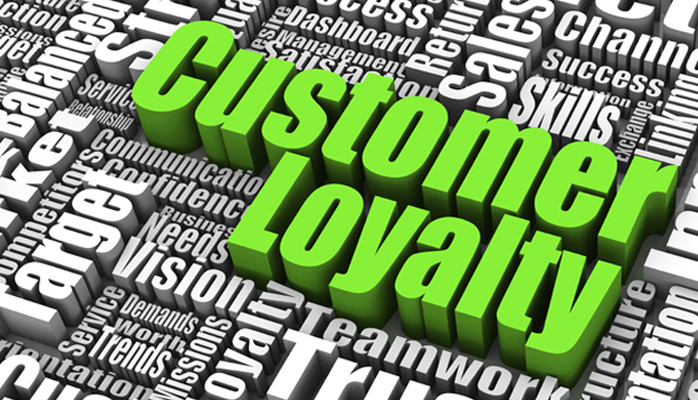
Measuring the depth of customer relationships
Almost every process within a business has some corresponding metric to measure its effectiveness. The sales staff is measured by production and the CEO by profitability or share price.
The most commonly used metric for customer satisfaction is retention rate. While it's a good metric in some ways, it's flawed in others. For example, it only tracks the number of customers leaving a business -- not why they stay -- and it assumes a client that leaves is unhappy, while one that stays is not.
Retention rates are also inconsistent. A good rate in one industry is a poor one in another. Retention rates are shallow in what they measure and cannot be relied upon heavily to make business decisions.
Fortunately, there's now a way to measure the depth of customer relationships - while they're still customers - and a way to compare one company's service to another, even across industries. It's a metric that helps us make business decisions and set the strategic path of our company.
It's called the Net Promoter Score and has been referenced as the best customer-relationship metric ever seen by the leaders of some of the most successful U.S. companies.
It measures the willingness of customers to recommend a company's products or services to others. It's a proxy for gauging the customer's overall satisfaction and loyalty to the brand.
The process involves a survey of current customers, and while the survey can include a variety of questions, your company's Net Promoter Score comes down to the answer given to one question:
"On a scale of 1 to 10, with 10 being extremely likely, how likely are you to recommend our company to a friend or colleague?"
The answers are divided into three groups; the promoters rate you a 9 or 10, the passives rate you a 7 or 8, and the detractors rate you a 0 to 6. The passives are neutral and thrown out of the calculation, and your Net Promoter Score is the percentage of promoters less the percentage of detractors.
The average Net Promoter in 2014 was 30. A score of over 50 signifies superior service and brand loyalty. My firm invested in this metric and, as important as the score, was the ability to analyze the score by business segment and by employee.
I was able to apply a Net Promoter Score to commercial lines (63) and personal lines (68) - our two distinct business segments. I was able to break that down even further by applying a score to niche programs within each business segment. I could also apply a score to individual service personnel (and teams) and correlate a bonus structure to it.
I first heard of Net Promoter Score at a summit for insurance leaders put on by Pure Insurance. Pure set out to overcome the notion that everyone dislikes their insurance company, and started that journey with a Net Promoter Score campaign.
One of the things Pure found was a customer who filed a claim had a Net Promoter Score 20 points higher than one that hadn't. While that says great things about claims handling, Pure doesn't want every customer to file a claim. So they amended their strategic plan to enhance the on-boarding process of a new client and invested in a "Love Your Insurance" marketing campaign, among other things.
The point is, Pure's Net Promoter Score results changed the way they looked at their business, provided insight into how to allocate their marketing dollars, and allowed them to make strategic planning decisions.
No other metric allows for so much insight into your business. And on a scale of 1 to 10, that's a 12.
Summary
In today's world we measure everything because you won't improve what you don't measure.
Net Promoter Score has replaced retention rates as the primary way to gauge a customer's satisfaction and brand loyalty by measuring the willingness of customers to recommend a company's products or services to others.
The results of your Net Promoter Score survey are broken down into three group - promoters, passives, and detractors. Your Net Promoter Score is the difference between the percentage of promoters and detractors.
Net Promoter Score will change the way you look at your business, will assist you in making business decisions, and help shape the strategic path of your company.
The goal is to have a Net Promoter Score of 50 or more. My company's score is 65. Feel free to share yours in the comment section below.

Bobby - thank you for the additional thoughts. Pure opened my eyes to NPS. It's easy to talk about strengths but the key to superior service is to address weaknesses. We all have them, so why not hit them head on? Thanks again.
Retired at PURE Group of Insurance Companies
9yTom, thanks for the shout out regarding PURE Group of Insurance Companies and our NPS Process. Our NPS score for the last three years has been 58%, 64% and 65% respectively. NPS has allowed us to identify the things we do that create joy for our members, as well as those things that create frustration. When we find the latter, e.g., a billing invoice that is the source of unintentional confusion or a home appraisal process that creates friction for the member and agent, we reinvent it. Moreover, our claims adjusters and PURE Member Advocates are aware of their individual NPS (which affects their performance appraisal), so you can imagine that they use the interactions they have with our members as opportunities to create promoters.